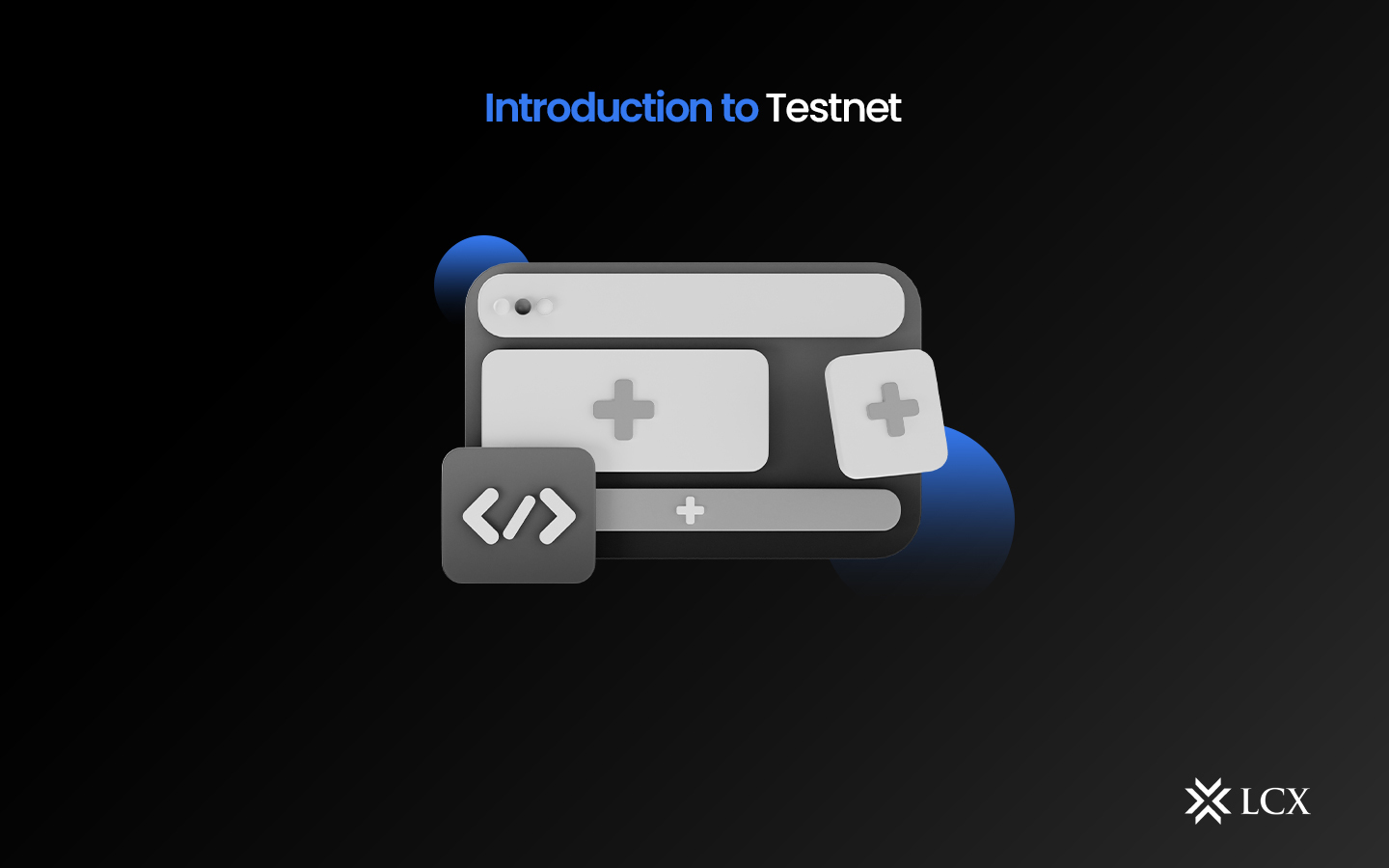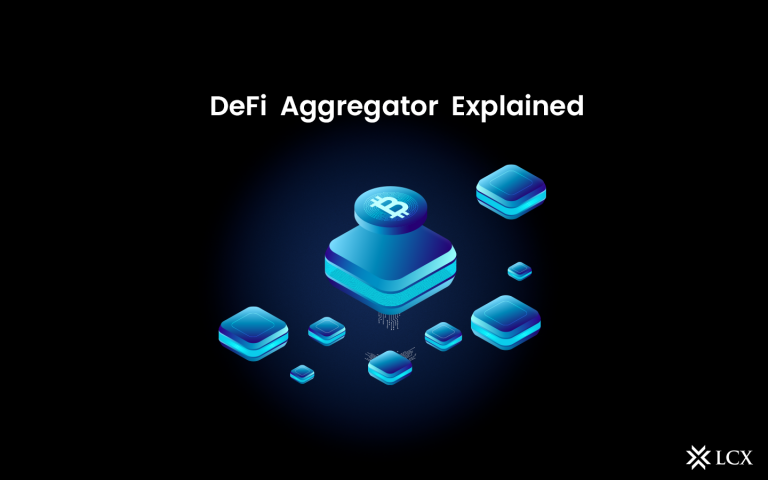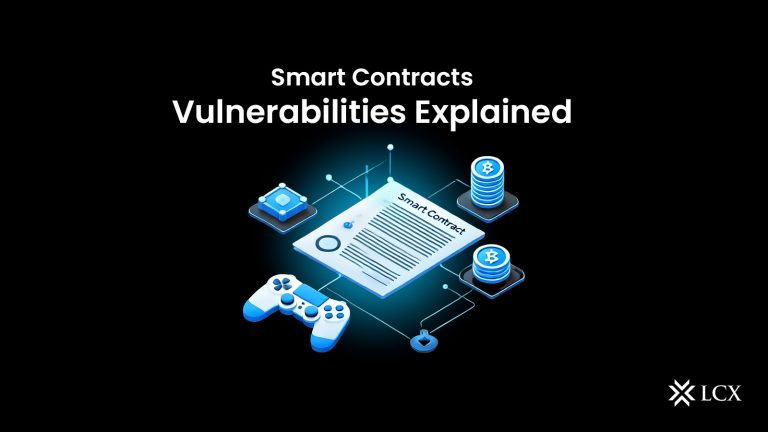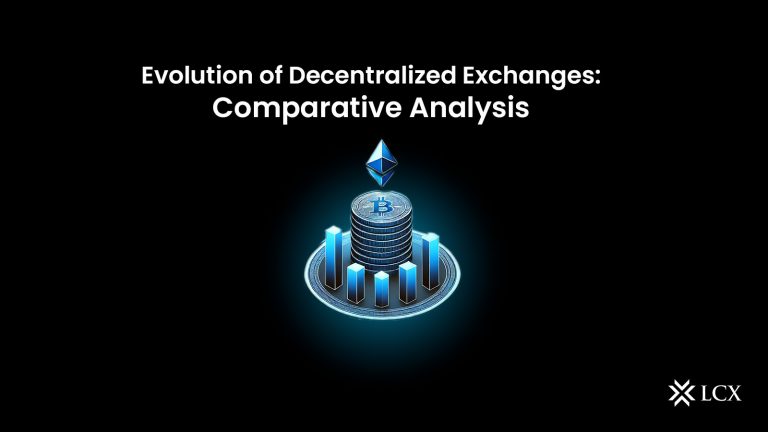A testnet is a test blockchain network used to run and test blockchain projects or blockchains before their launch. It is a straightforward method for developers and programmers to create, modify, test, and monitor the performance of their projects prior to granting public access. Here, developers can identify and resolve issues.
Multiple tests may be executed repeatedly in a testnet environment. Additionally, performance comparison and consistency verification are feasible. Testnets operate independently from the mainnet, enabling complete testing of a blockchain project without interfering with any mainnet transactions. This experimental model allows developers to experiment, take risks, and create the optimal launch model. Testnets often employ similar consensus mechanisms, such as proof-of-work (PoW) or proof-of-stake (PoS), to emulate the behavior of the mainnet.
The Importance of Testnet
Cryptocurrencies are built on complex blockchain networks, consisting of distributed nodes that validate transactions and maintain the system’s integrity. The deployment of untested or flawed code on a live network can have catastrophic consequences, compromising security and potentially leading to the loss of valuable assets. Testnets play a vital role in mitigating these risks by providing developers with a safe environment to trial and refine their code before it is released to the public.
Testnet Features and Functionality
Isolated Development: Testnets provide an isolated space where developers can freely experiment without worrying about potential vulnerabilities or disrupting the main network. This separation allows for a more iterative and agile approach to development, fostering innovation and creativity.
Smart Contract Testing: One of the key functionalities of testnets is the ability to test and deploy smart contracts. Smart contracts are self-executing agreements that automatically execute predefined actions when specific conditions are met. Testnets allow developers to thoroughly test these contracts, ensuring their reliability and security before they are deployed on the mainnet.
Consensus Mechanism Testing: Testnets allow developers to test different consensus mechanisms and explore their implications. By experimenting with various consensus protocols, developers can evaluate the performance, scalability, and security of their chosen mechanism, ultimately optimizing the network’s efficiency.
Network Upgrades: Testnets serve as ideal platforms to test network upgrades and new protocol implementations. By simulating the effects of upgrades on a smaller scale, developers can identify and rectify potential issues, enhancing the overall stability and functionality of the mainnet.
Benefits of Testnet
Risk Mitigation: Testnets provide a risk-free environment where developers can identify and rectify potential vulnerabilities before deploying their code on the mainnet. This significantly reduces the likelihood of security breaches, hacks, or unforeseen technical glitches.
Community Engagement: Testnets offer an opportunity for developers and users to actively participate in the development process. Early adopters can provide valuable feedback, report bugs, and suggest improvements, fostering a collaborative ecosystem that promotes continuous innovation.
Iterative Development: Testnets facilitate an iterative development process, allowing developers to refine their code, experiment with new features, and implement changes based on user feedback. This iterative approach promotes continuous improvement and drives innovation within the cryptocurrency ecosystem.
Education and Skill Development: Testnets provide a valuable learning environment for aspiring developers and enthusiasts. By actively engaging with testnets, individuals can gain hands-on experience in blockchain development, smart contract deployment, and network management, ultimately fostering a skilled and knowledgeable community.
Types of Testnet
Public Testnets: These testnets are open to the public, allowing anyone to participate in testing and experimentation. Examples include Ropsten (Ethereum), Rinkeby (Ethereum), and Kovan (Ethereum).
Private Testnets: Private testnets are restricted to a select group of individuals or organizations. They offer more controlled environments for testing and often involve collaboration between developers, auditors, and project contributors.
Conclusion
Testnets are indispensable tools in the realm of cryptocurrency development, offering a controlled environment where developers can refine their ideas, test their code, and ensure the stability and security of blockchain networks. By leveraging the power of testnets, developers can mitigate risks, engage with the community, and drive innovation within the rapidly evolving cryptocurrency ecosystem. As cryptocurrencies continue to shape the future of finance and technology, testnets will remain an integral part of the development process, fueling the progress and advancement of decentralized systems.










